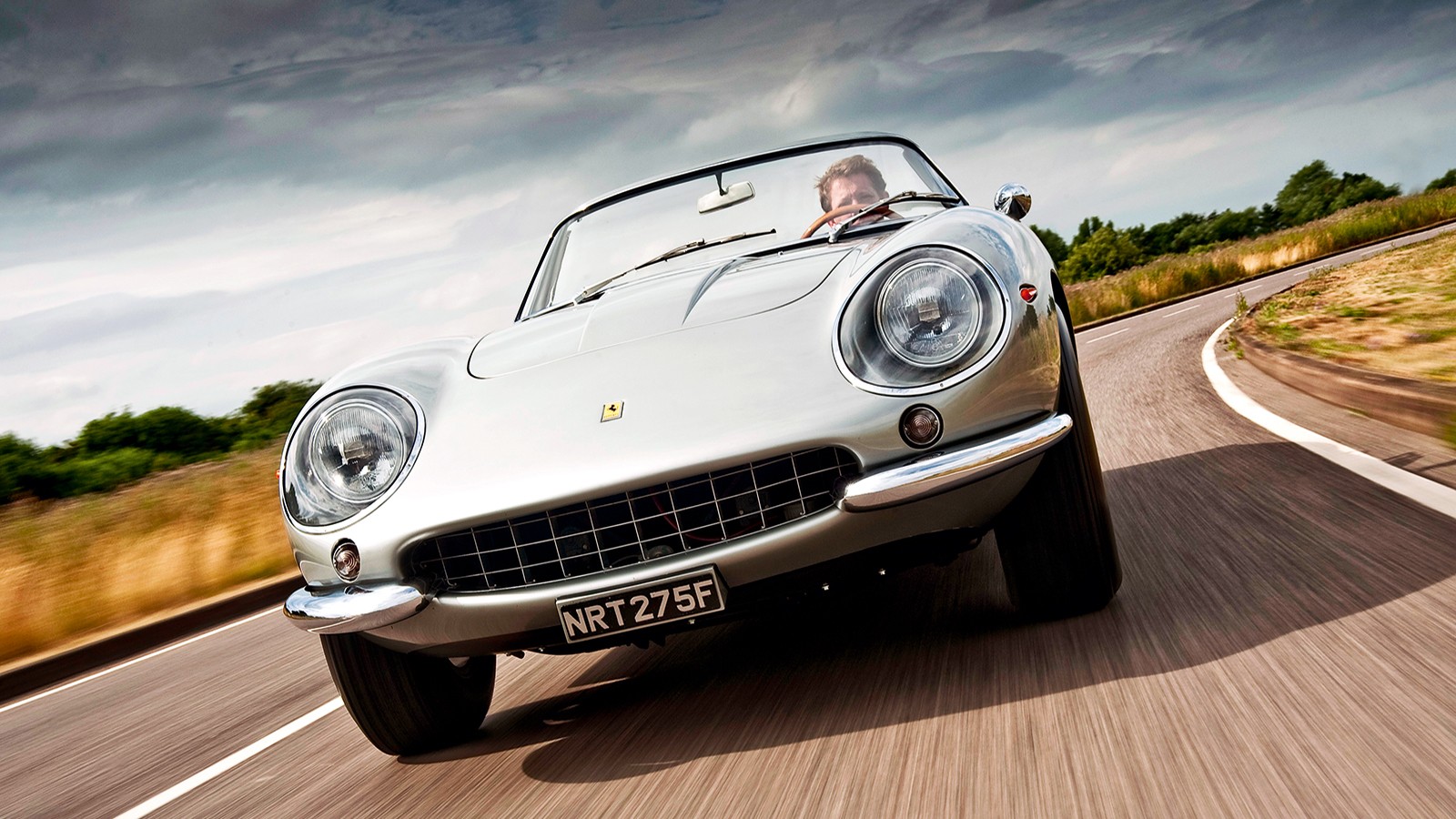
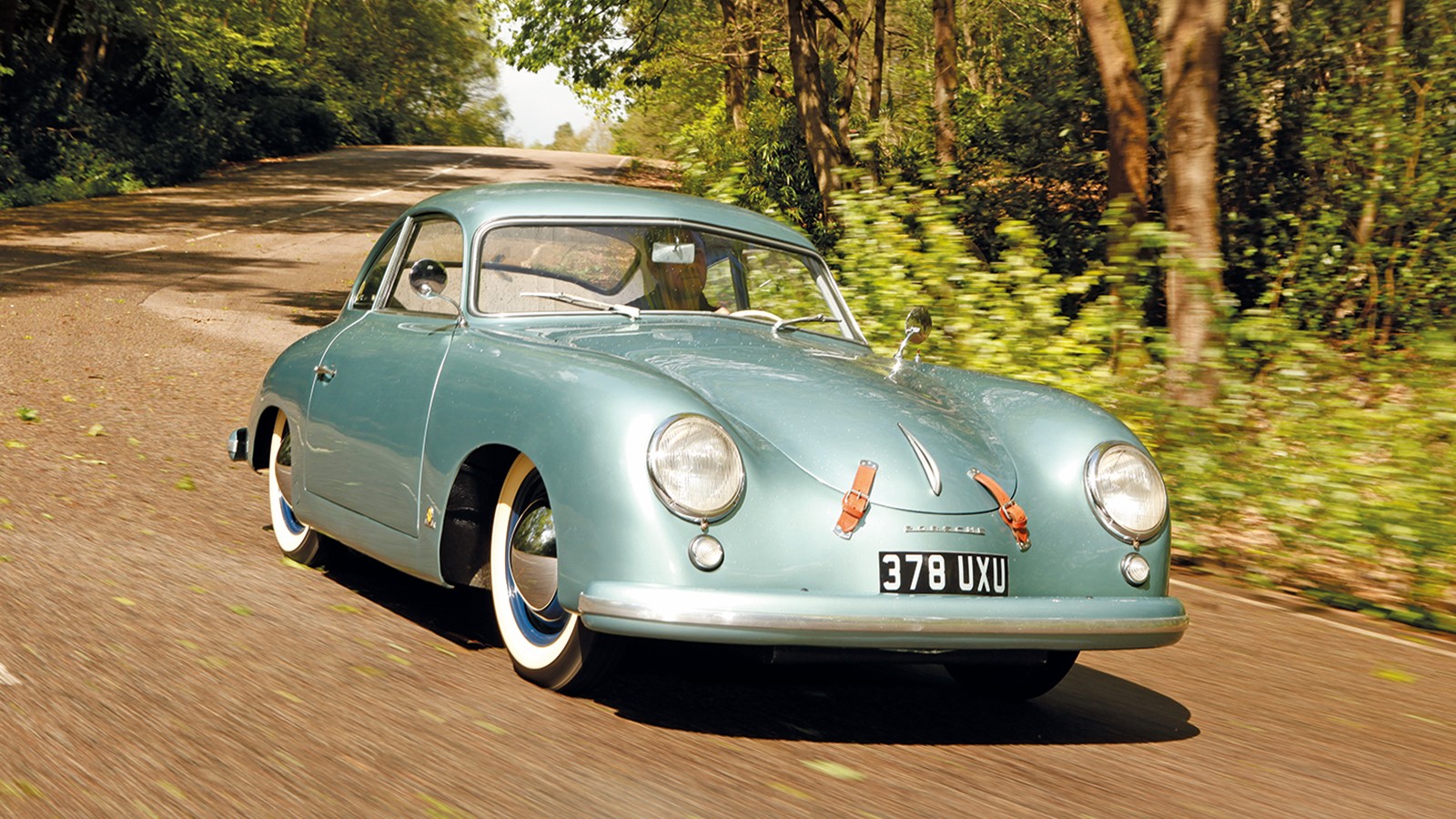

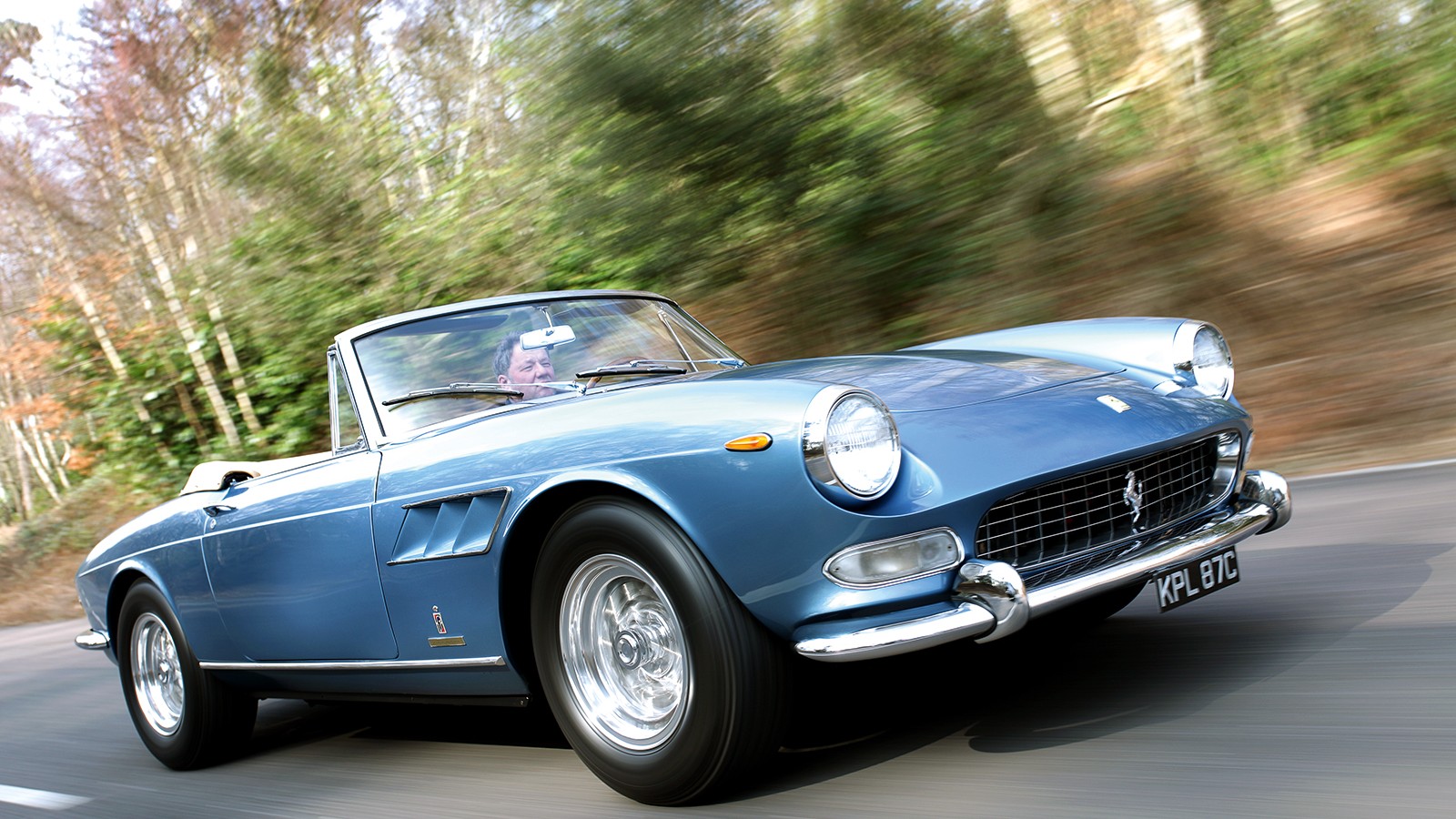
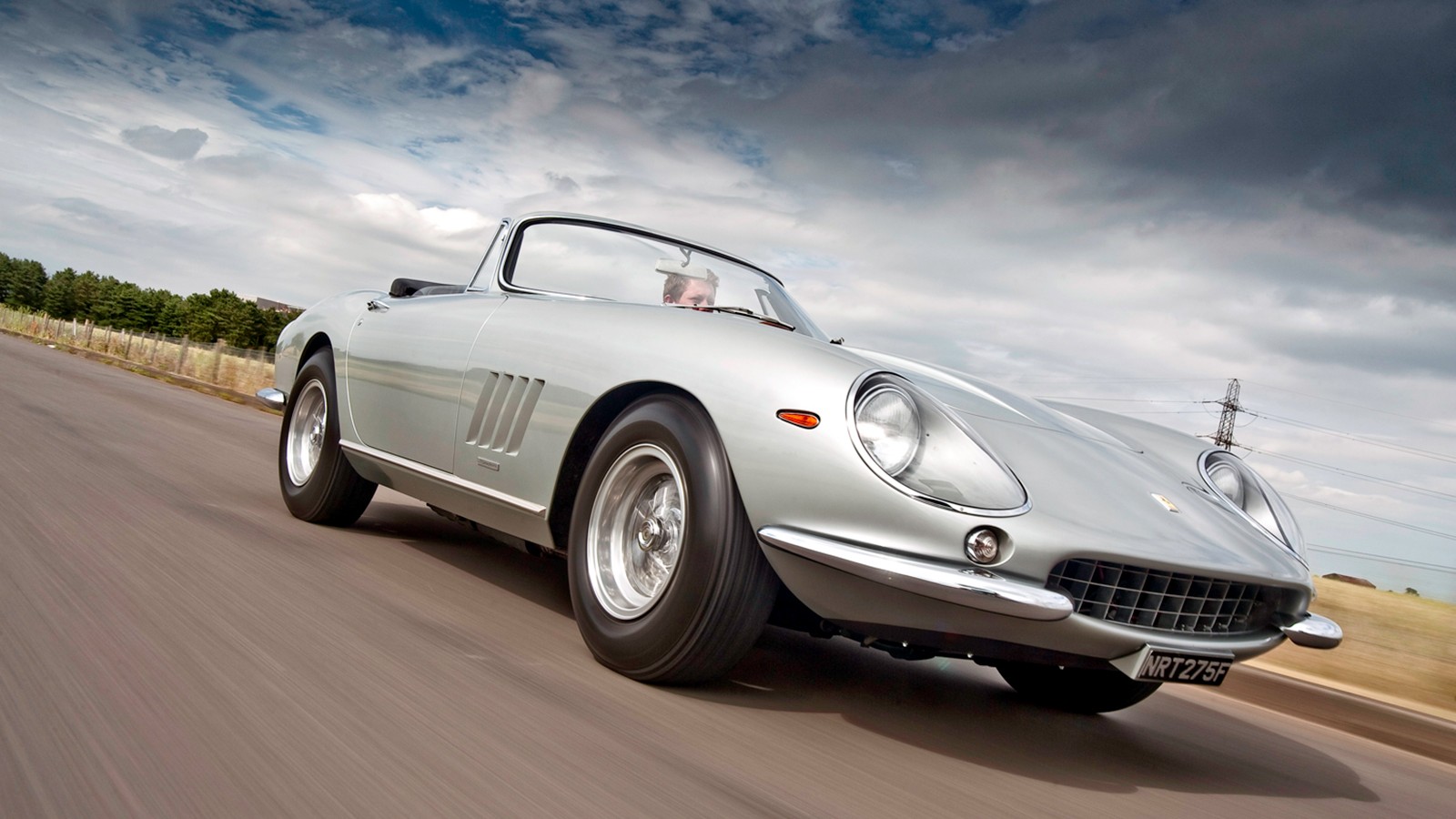


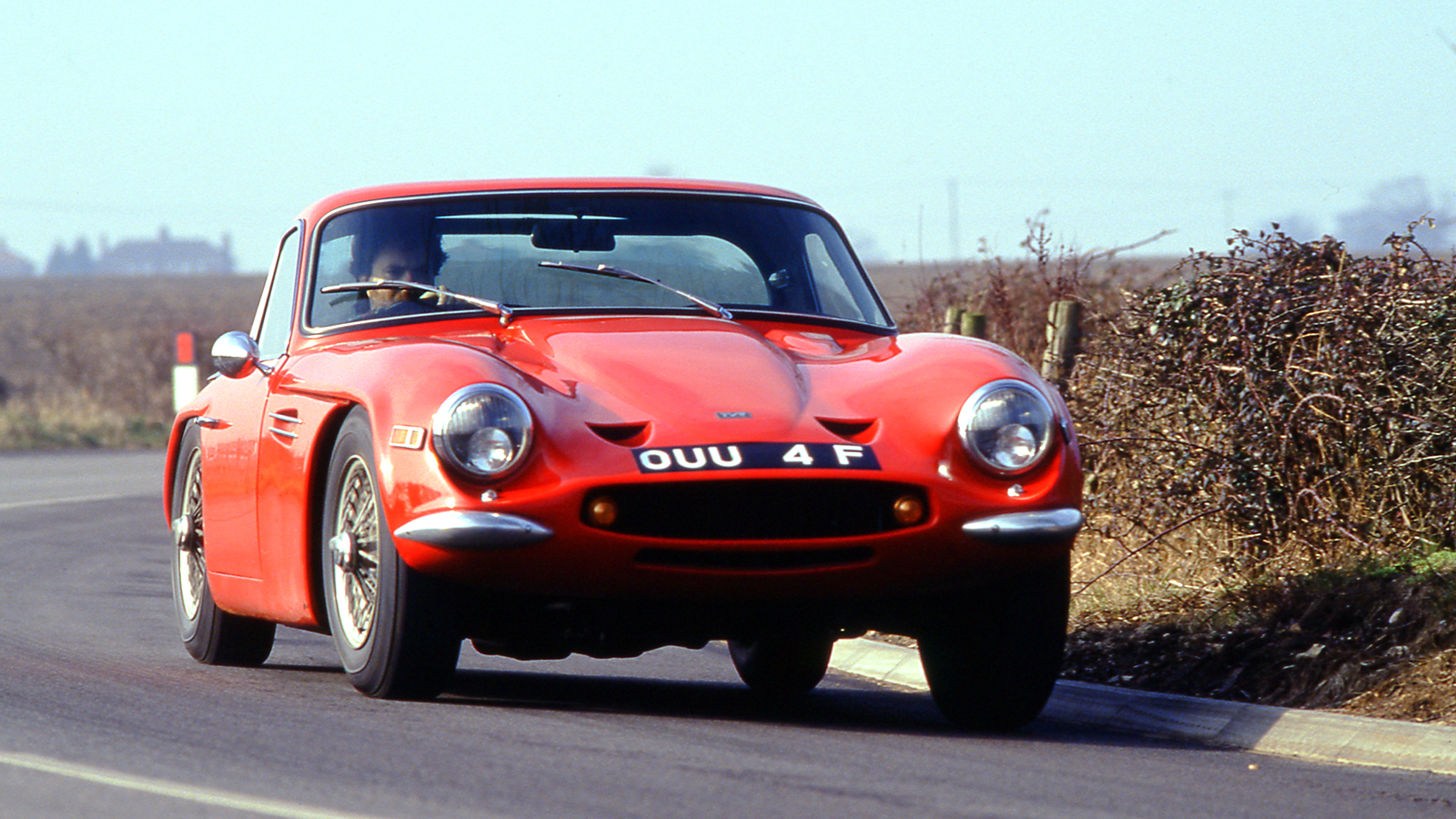

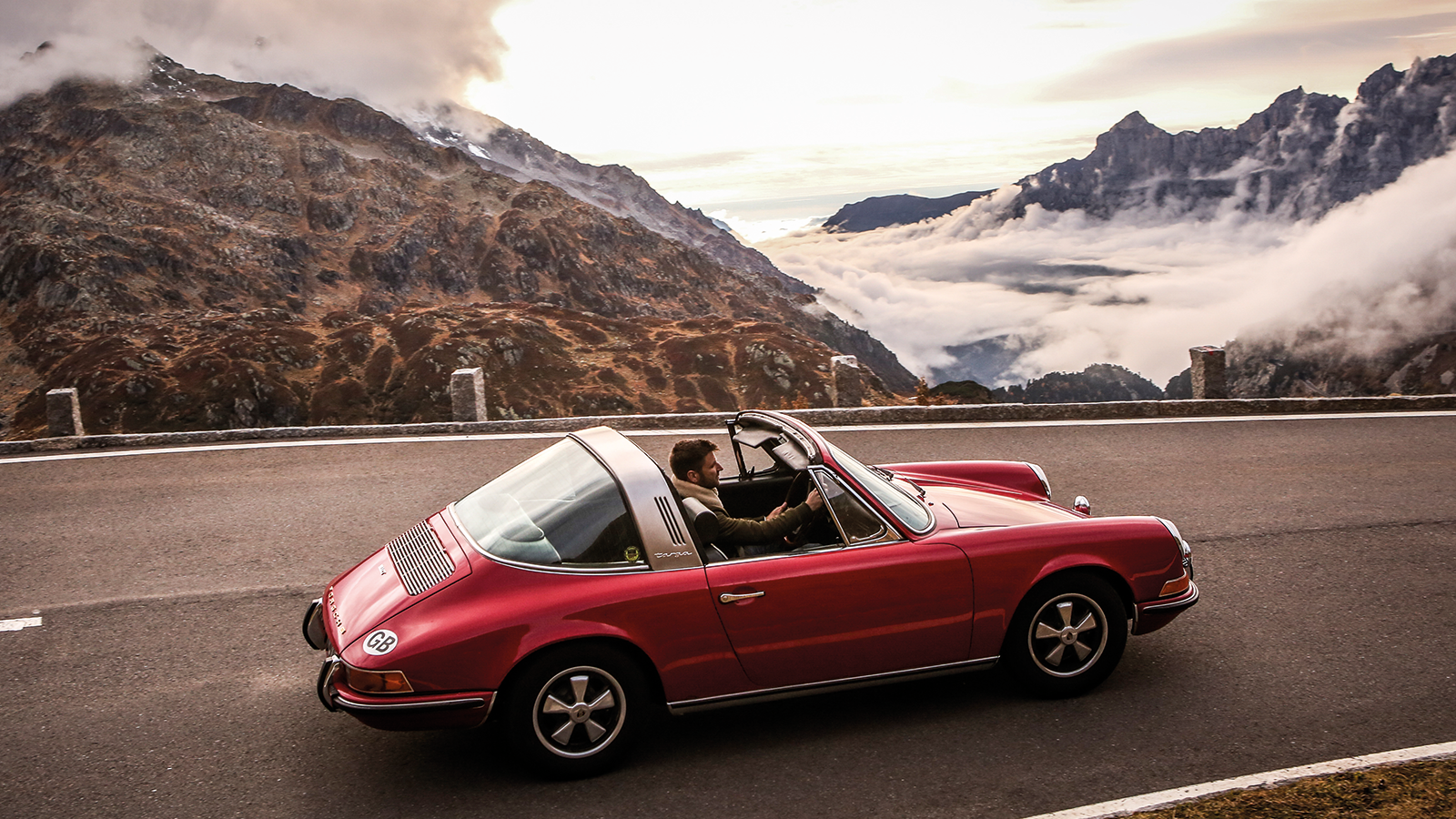
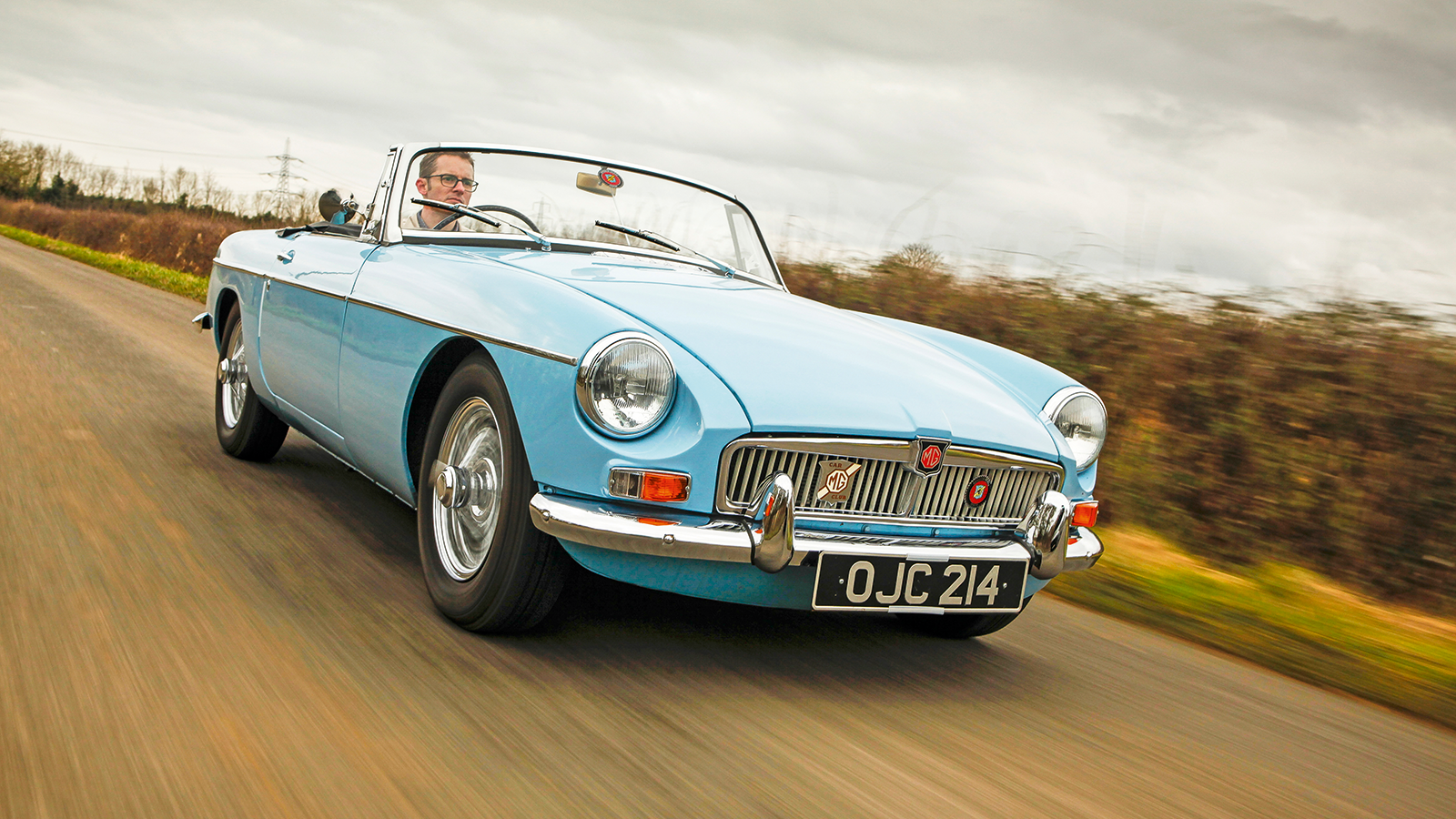
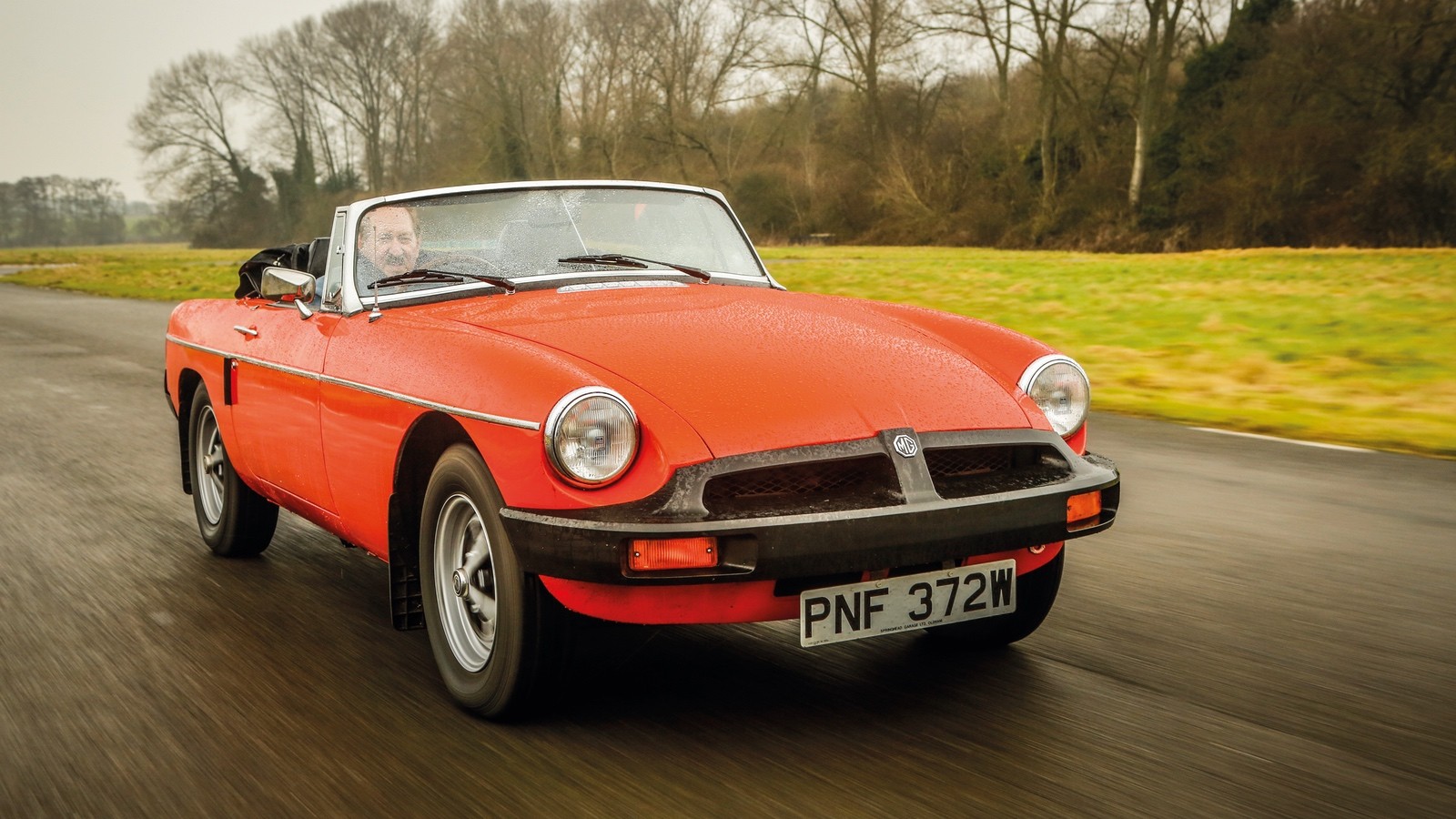
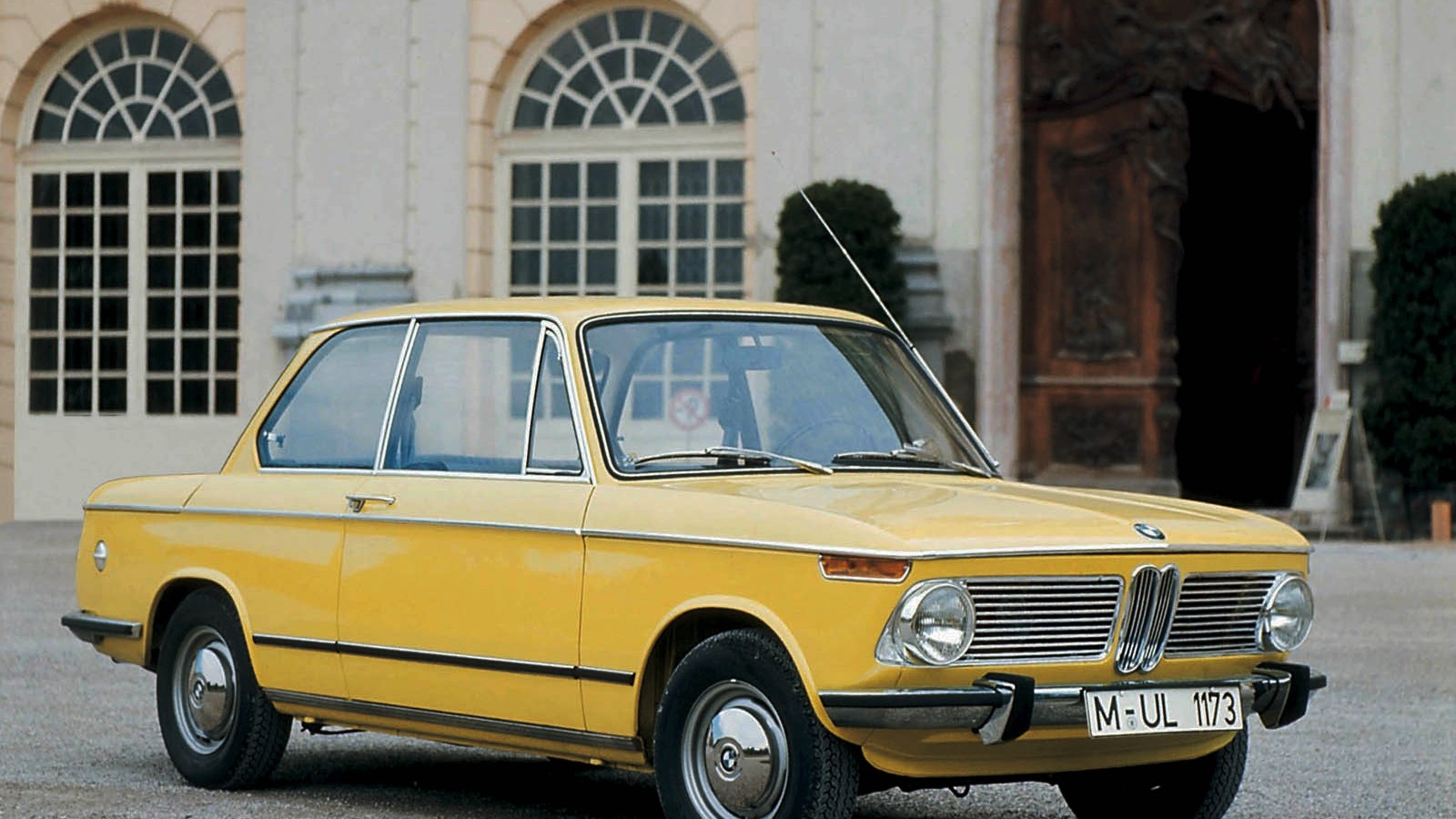


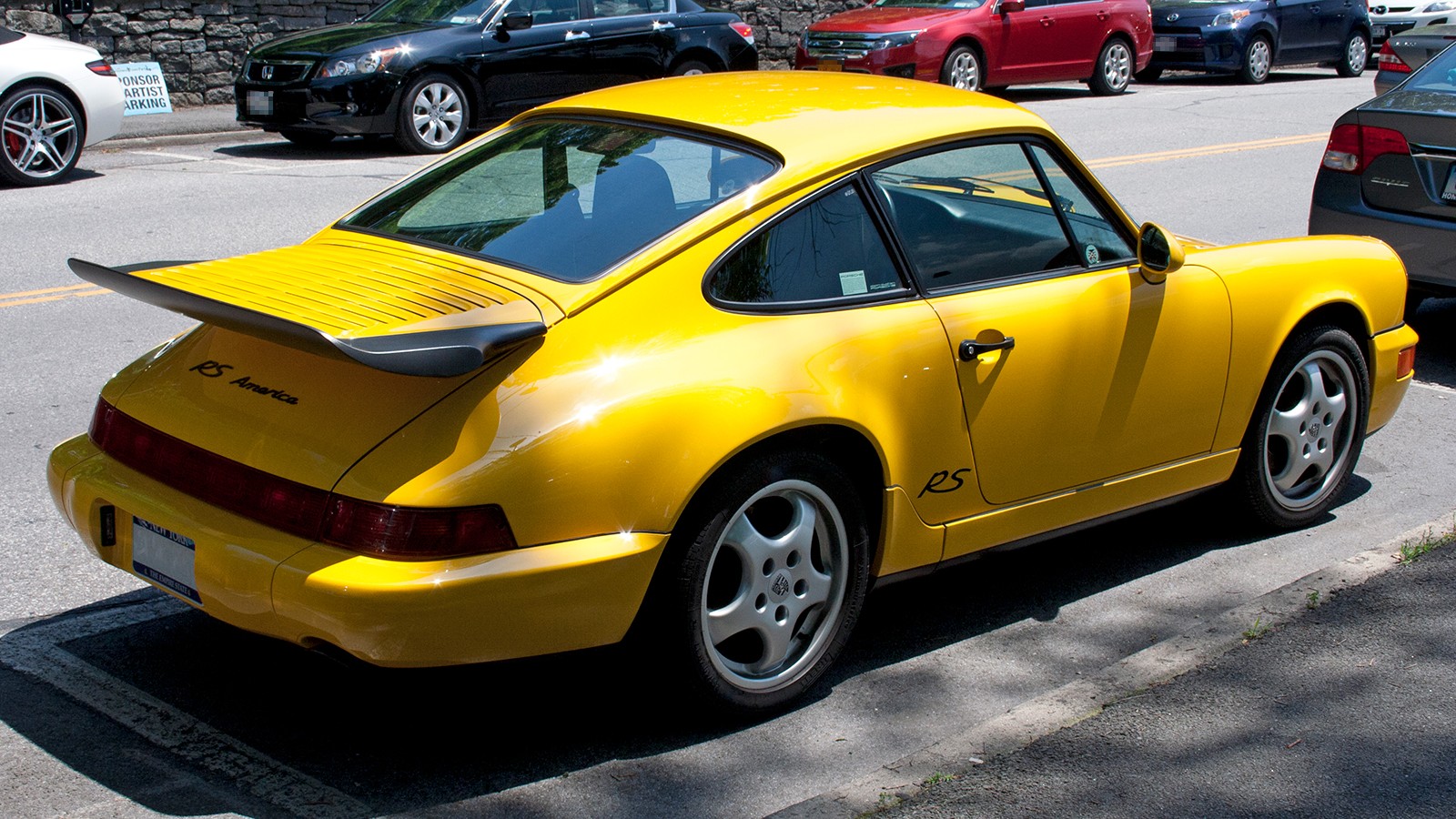
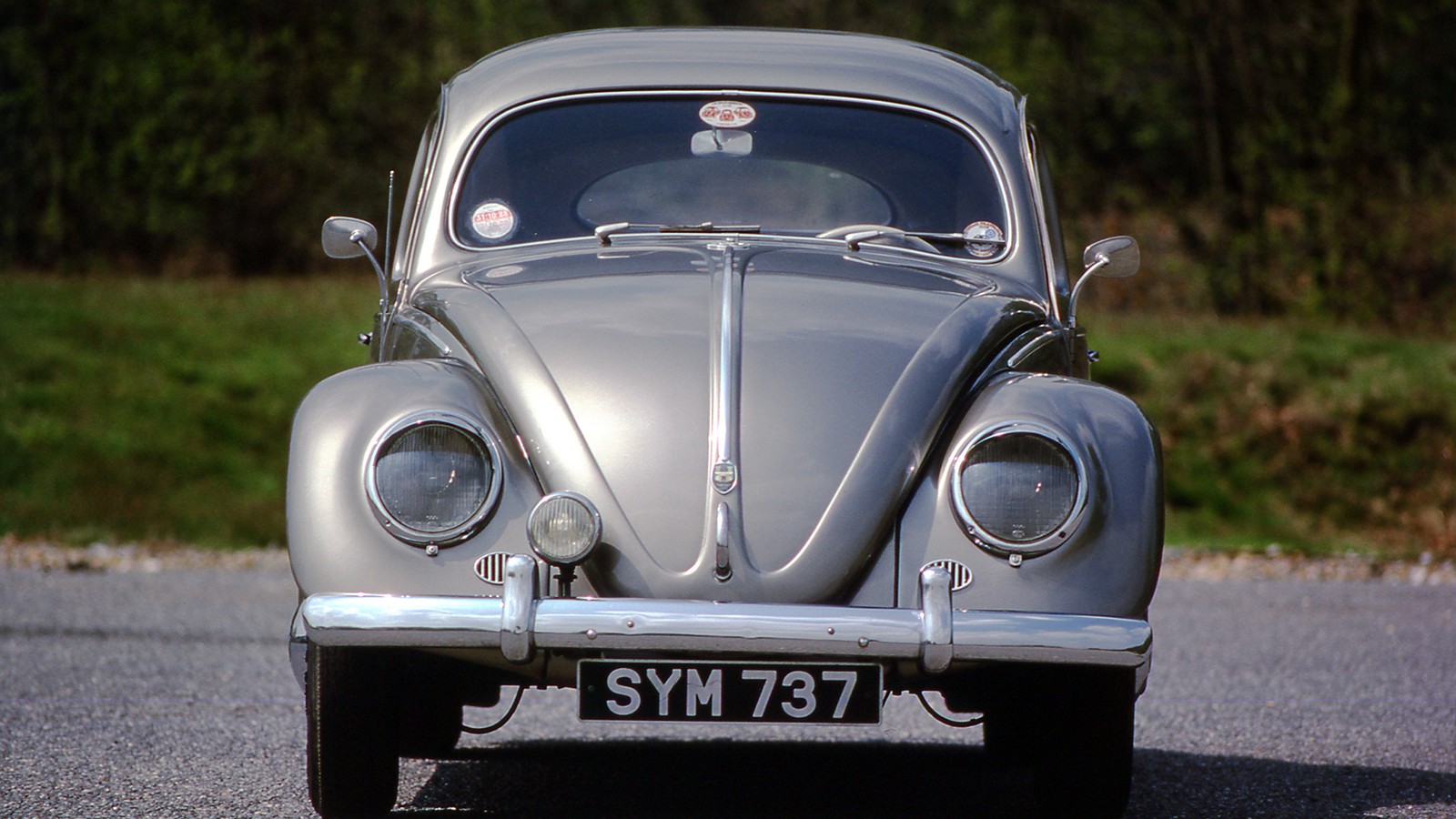
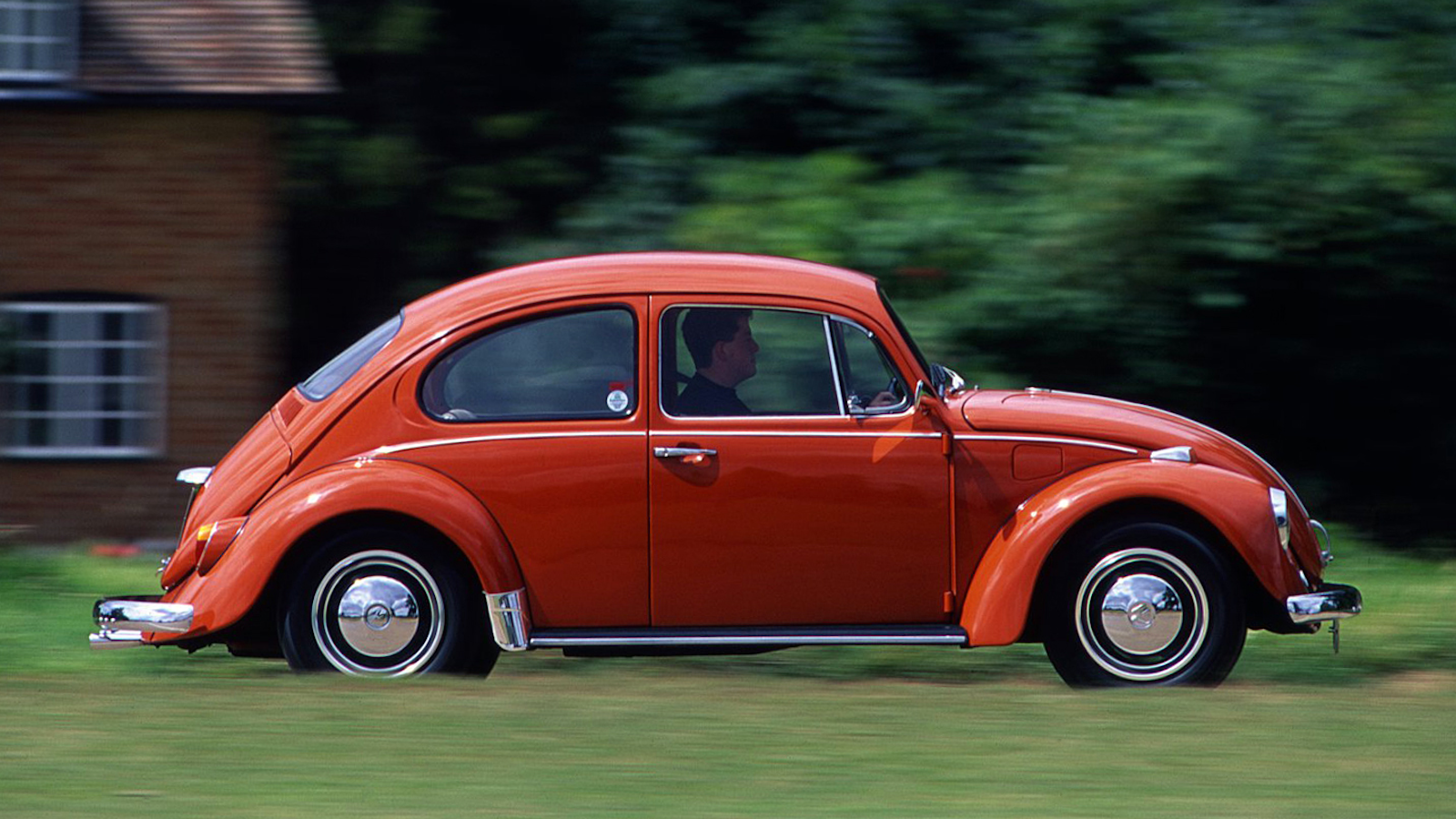
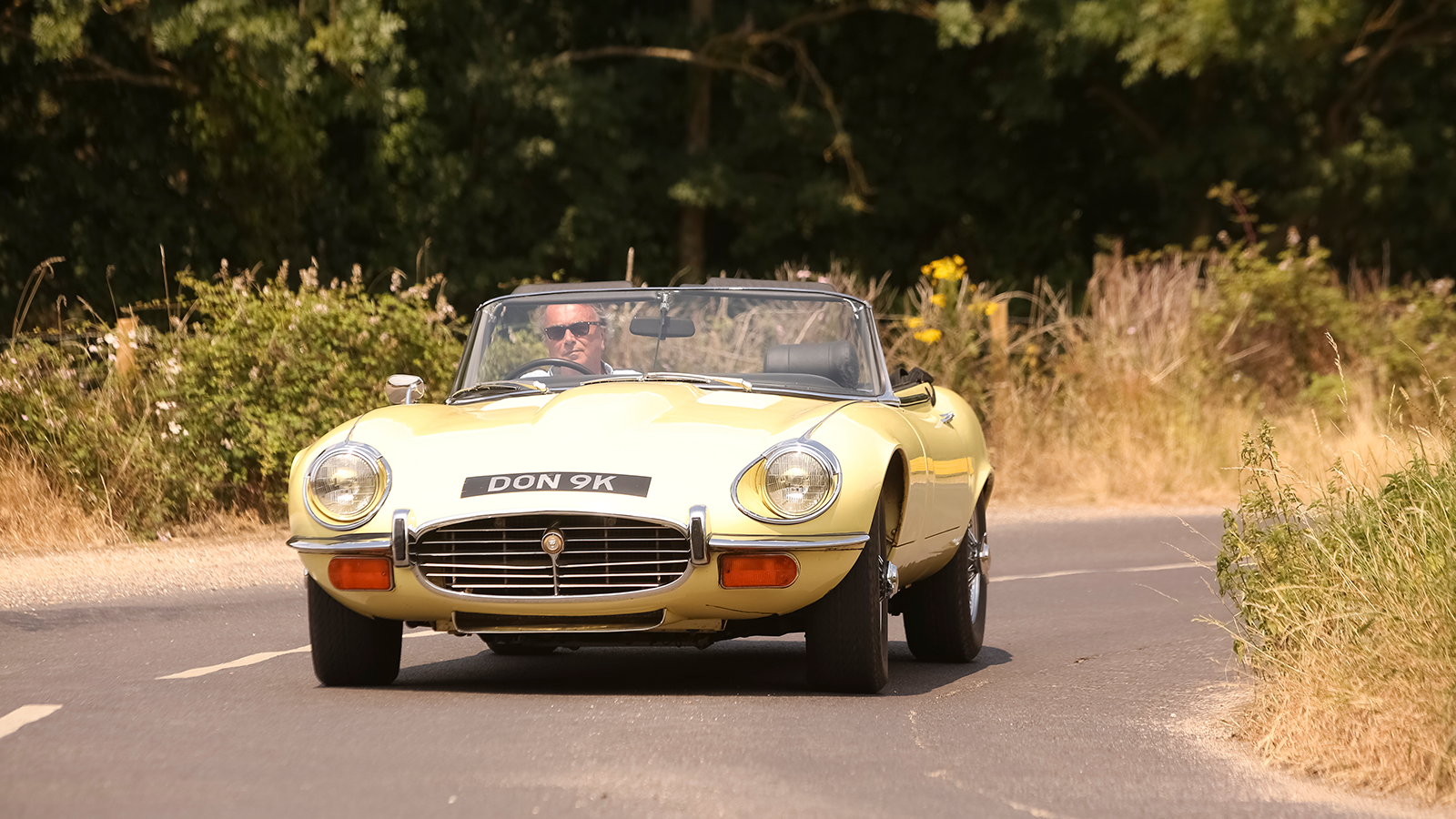
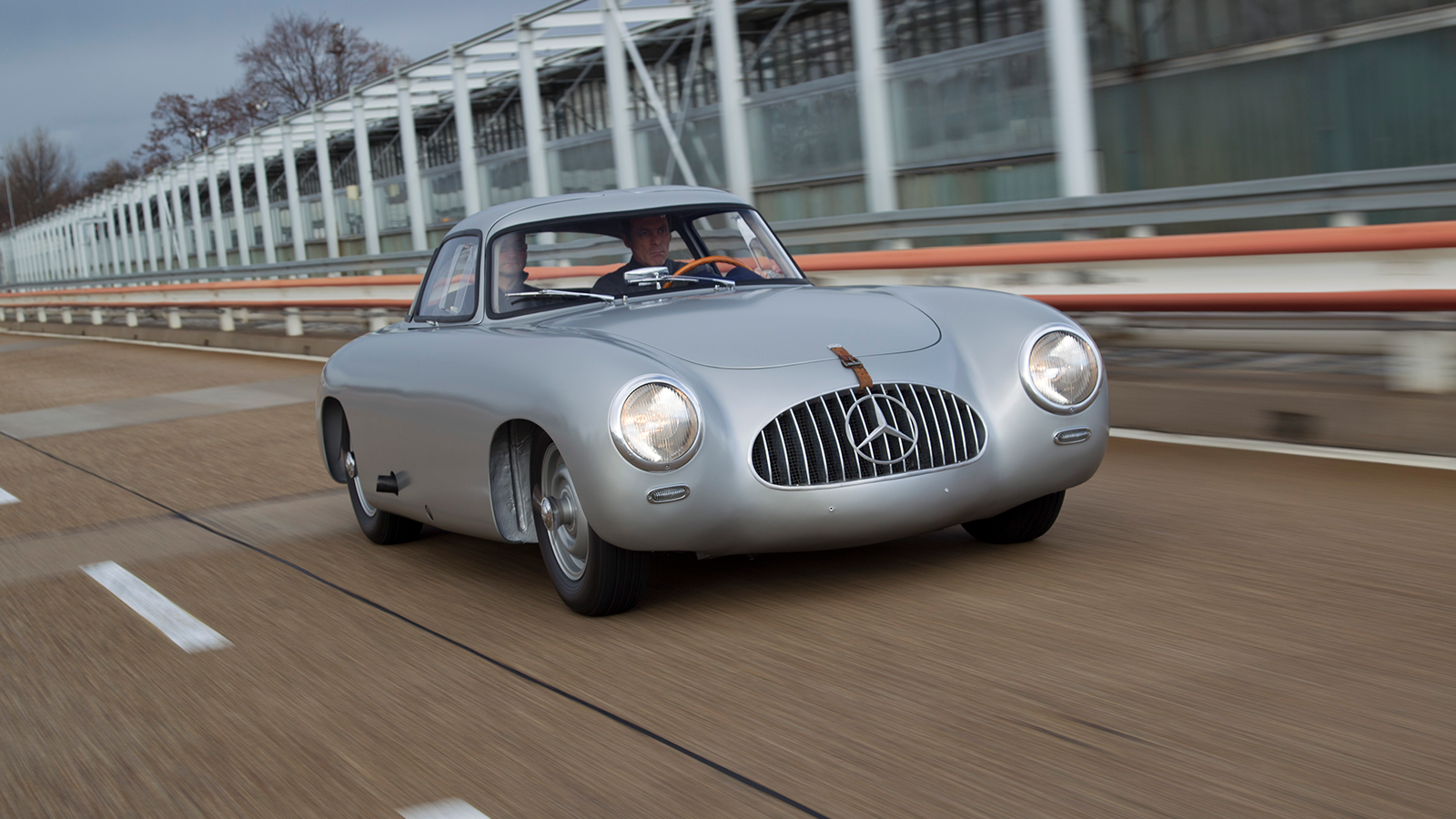
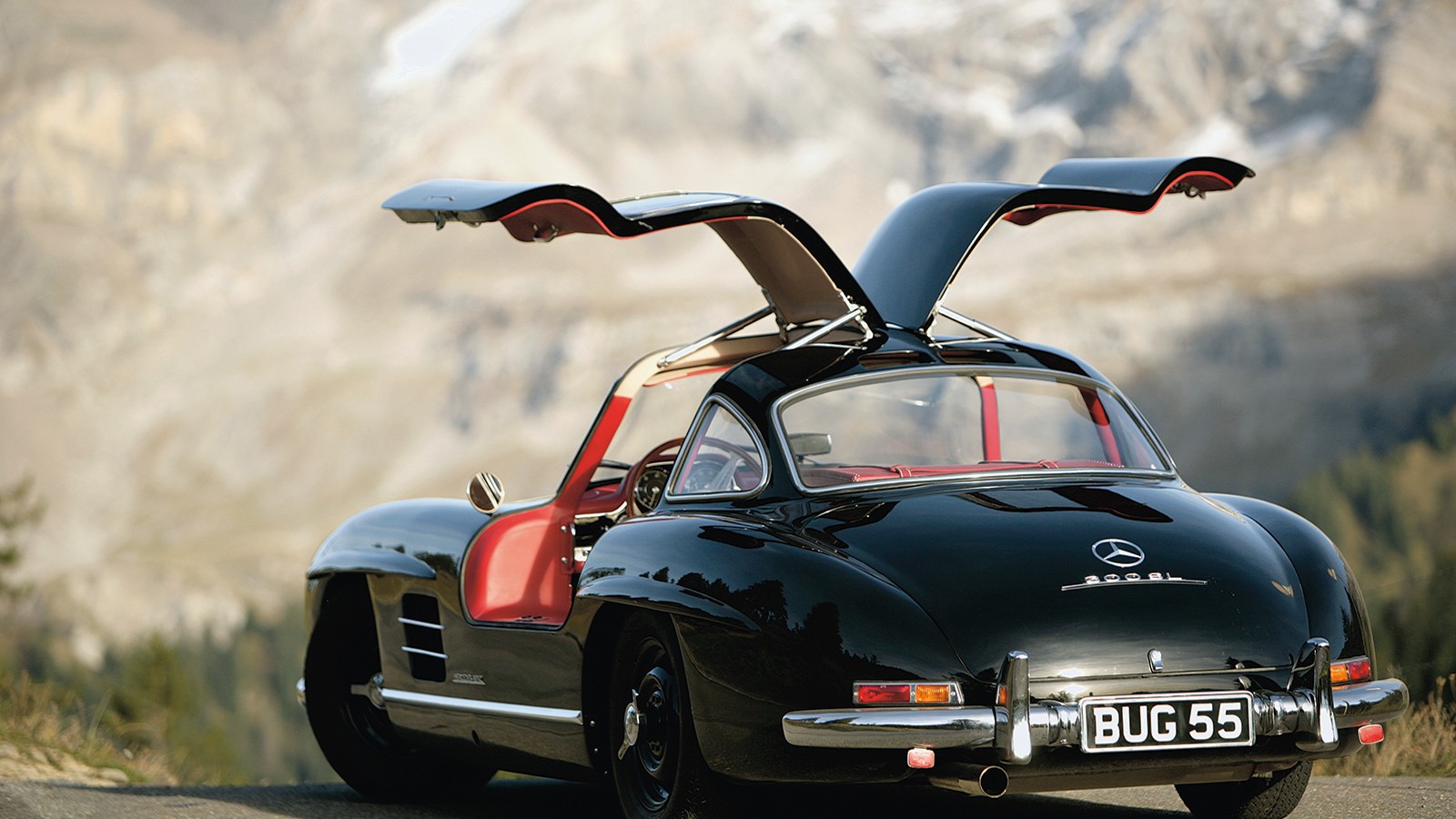

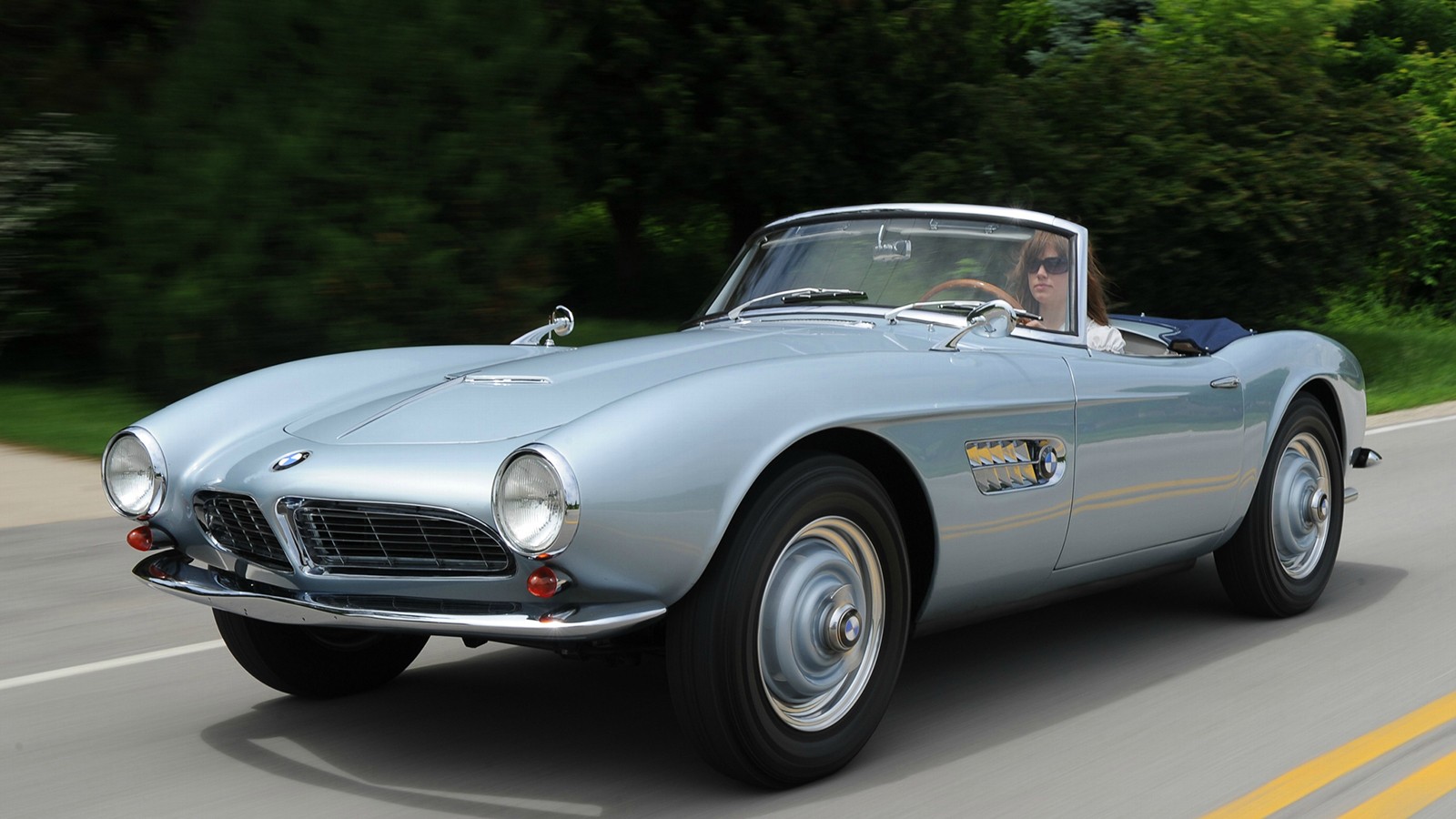
Got to keep that American market happy…
European imports began eating into Detroit’s market share after WW2, more than doubling their slice of the US car market between 1960 and 1970.
And with such a huge potential customer base opening up, the imported brands were more than happy to modify their designs to keep the tills ringing.
Here are 12 classics that were tweaked for US sales success.
1. Porsche 356 coupé
Austrian-American entrepreneur Max Hoffman was hugely influential in helping European marques get a foothold in the US in the 1950s.
Hoffman imported his first Porsche to North America in 1950 and began selling them in 1952.
Porsche 356 Speedster
In 1954, Hoffman suggested Porsche build a no-frills 356 with a simple soft-top and cut-down windscreen.
The resulting 356 Speedster wouldn’t have worked in rainy Northern Europe, but it was perfect for sun-kissed Southern California.
2. Ferrari 275GTS
Ferrari replaced the 250GT with the stunning 275GTB in 1964, bringing disc brakes, a 300cc larger version of the Colombo V12 and a five-speed transmission mounted at the rear to equalise the weight distribution.
Its convertible counterpart was the handsome, but definitely less-exotic-looking 275GTS.
Ferrari 275GTS/4 NART Spyder
The GTS was a hit in the US, but Luigi Chinetti, Ferrari’s US dealer, wanted something special for North America along the lines of the old 250 California Spyder.
He persuaded Ferrari and Sergio Scaglietti to create a different roadster based on the then-new 4-cam 275GTB. Just 10 were built in 1967, becoming known as NART Spyders after Chinetti’s North American Racing Team.
3. Bentley S1
Bentleys might have been the cars to catch at Le Mans in the late 1920s, but by the late 1950s the company’s straight-six looked suspiciously weak next to the increasingly muscular V8s from Detroit’s luxury Lincoln and Cadillac divisions.
Bentley S2
Rising to meet the challenge, Rolls and Bentley released the aluminium L410 V8 in 1959, and fitted it to that year’s new Bentley S2, along with power steering.
Sixty years later a descendent of that same engine powers the current Bentley Mulsanne.
4. TVR Grantura
TVR’s Grantura launched in 1958, its fibreglass shell housing Beetle suspension and a choice of engines plucked from mass-market cars, including MG’s B-series and a Ford side-valve.
TVR Griffith
US car dealer Jack Griffith was already campaigning and selling Shelby Cobras when he came across the Blackpool-built Grantura and hatched a scheme to build a Cobra-killer.
TVR supplied cars featuring a modified chassis to the US, where Griffith dropped in Ford’s small-block V8.
5. Porsche 911
A convertible had been a key part of Porsche’s 356 line-up, but by the time the 911 launched in 1963, car makers were genuinely concerned that US legislation might outlaw open cars on safety grounds.
Porsche 911 Targa
Porsche’s answer was the 1967 911 Targa, a roofless 911 fitted with a stylish rollover hoop behind the front seats and named after the famous road race in Sicily where Porsche had scored so many wins.
Early cars had a zip-out plastic rear screen, but that was switched to a fixed glass window from 1969.
6. MGB
Fears about cabrio-killing legislation came to nothing, but early-1970s rules demanding that all cars be able to sustain a 5mph impact and suffer almost no damage were equally problematic for dainty sports cars such as the MGB.
MGB (cont.)
Some manufacturers responded more successfully than others.
MG tried hard to integrate the new rubber bumpers into the body shape of 1975-model-year cars, but their size, combined with new rules that necessitated a hike in ride height, left the car looking like the offspring of a dodgem and a giraffe.
7. BMW 1602
Some European cars fell foul of ever-tightening US emissions legislation, either losing power, or not even making the boat.
BMW’s 1602 was a big hit, but the hotter twin-carb 1602ti wasn’t eligible for sale in America.
BMW 2002
BMW’s solution (with some nudging from Max Hoffman again) was to drop in the larger single-carb 2-litre version of the M10 engine from the bigger four-door 2000 that was already on sale in the US.
8. Porsche 964 Carrera RS
Porsche’s iconic 1973 911 Carrera RS was another Euro classic that didn’t make it across the Atlantic, and two decades later it looked like the 964 RS would be locked out, too.
Porsche 964 RS America
Porsche did manage to bring a version of the 964 RS to the US in 1992, but something was definitely lost in translation.
The body wasn’t seam-welded and it had to make do with the standard 250bhp Carrera engine and heavy dual-mass flywheel. Less RS, more Club Sport – like the 968 also denied to US Porsche fans.
9. Volkswagen Beetle
The Beetle was an unlikely hit in post-war America, tapping into a demand for simple, cheap cars that weren’t built in Detroit.
But safety crusader Ralph Nader’s book Unsafe at Any Speed slated the swing-axle suspension of the Beetle and its US-built copycat, the Chevy Corvair.
Volkswagen Beetle (cont.)
Volkswagen moved to make the Beetle’s handling more predictable, switching to a modern semi-trailing arm suspension setup in 1968, but initially only on cars with the semi-auto gearbox.
10. Jaguar E-type
The E-type started life as a proper sports car, even tussling with Cobras and Ferraris on track. But it grew softer with each passing year, with many of the changes made to appease customers and lawmakers in the hugely important US market.
Jaguar E-type (cont.)
Later E-types lost the headlight covers, and dashboard toggles, while a roomier 2+2 version and automatic transmission option were introduced.
Come 1971, the E-type fully embraced its switch from sports car to GT with the V12-powered, power-steering-equipped S3.
11. Mercedes-Benz W194 300SL
The original 300SL was a dedicated racing car, built around a hi-tech aluminium space-frame chassis and featuring eye-catching gullwing doors.
It was hugely successful on track, but seemed like an unlikely basis for a road car and Mercedes had no plans to make it into one.
Mercedes-Benz 300SL Gullwing
Max Hoffman (yes, him again) had other ideas, persuading Daimler that a street-able version would be a massive hit in the US.
He was right: 1100 of the 1400 cars produced found homes in North America.
12. BMW 502
The 300SL had been such a hit, boosting Benz’s bank balance and its image in the US, that Hoffman and BMW fancied a go at creating something equally sexy from the fast, but frumpy, V8-powered BMW 502.
BMW 507
Designer Albrecht von Goertz created two cars, the 503 coupé and the much better-known, but even less successful, 507 roadster.
Yep, despite their undeniable beauty they were both complete flops, hobbled by a list price way above what Hoffman had anticipated.
